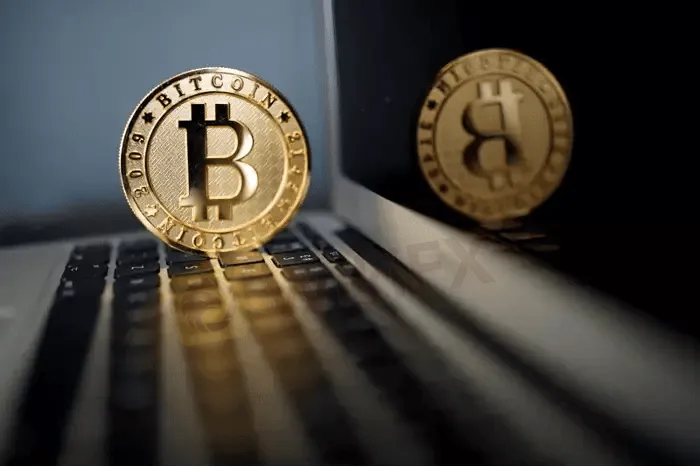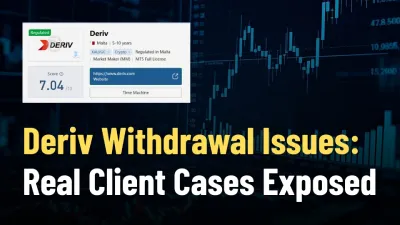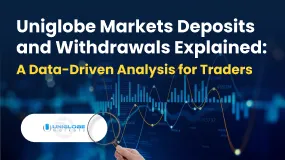简体中文
繁體中文
English
Pусский
日本語
ภาษาไทย
Tiếng Việt
Bahasa Indonesia
Español
हिन्दी
Filippiiniläinen
Français
Deutsch
Português
Türkçe
한국어
العربية
Cryptoverse: Crypto lenders face a DeFi drubbing
Abstract:Crypto lenders have boomed over the past two years, attracting tens of billions of dollars in bitcoin, ether and other coins which they in turn lent out or invested, often in decentralized finance (DeFi) projects with sky-high returns.

But as crypto markets tumble, DeFi activity is being hit particularly hard, robbing lenders of their most lucrative returns and threatening to squeeze the whole sector – reaching far beyond Celsius Network, which grabbed the headlines last week when it froze withdrawals and transfers.
The total value locked (TVL) on ethereum, a metric that attempts to track the value of tokens deposited in a variety of DeFi protocols, has declined by $124 billion or 60% over the last six weeks, according to data provider Glassnode.
The crash has occurred in two large crypto slices, $94 billion lost during the collapse of the LUNA project – involving failed stablecoin TerraUSD – and another $30 billion in mid-June, said Glassnode, which attributed the falls to diminishing risk appetite.
“The current market conditions have put an enormous amount of pressure on operators that interact with decentralized finance protocols to generate their yield,” said Mauricio Di Bartolomeo, co-founder and chief strategy officer of crypto lender Ledn.
Bitcoin vs ether vs dollar
Similarly, an index tracking crypto tokens linked to DeFi lending/borrowing protocols and exchanges, from research firm Macrohive, plunged 35% last week as investors pulled money from the formerly high-flying sector.
Some DeFi protocols, or projects, are starting to offer lower returns, with average lending and borrowing rates at one platform, Compound, down on the week across all but one cryptocurrency, the stablecoin Pax Dollar, Macrohive found.
In a further sign of the slowdown, ether – the token that underpins the ethereum network on which many DeFi protocols operate – last week dropped to its lowest level against larger peer bitcoin in 14 months
Versus the dollar, bitcoin has fallen 34% so far in June, while ether has lost over 40%.
The turmoil in this higher yielding part of the crypto market raises questions about the sustainability of the high interest rates crypto lenders offer to their customers, often in double digits.
TOO GOOD TO BE TRUE?
Some market players say crypto lenders should make clients aware of the risks of projects their money is pumped into.
“I expect users to demand more transparency if their assets are managed in DeFi space,” said Iakov Levin, CEO of crypto investment platform Midas Investments. “Crypto needs to find a more transparent model of retail yields.”
New Jersey-based Celsius, with over $11 billion of assets on its platform, cited market volatility when it suspended redemptions last week. A data trawl shows that it was invested in several DeFi projects that ran into difficulties.
“The DeFi market will no doubt suffer from this development because it also deals with cryptocurrencies and people will be more wary than ever about investing their assets in what they perceive as similar ecosystems,” said Yubo Ruan, founder and CEO of Parallel Finance, a decentralized lending protocol.
Ruan said if projects “promise rewards that sound too good to be true – theres always a chance that they are”.


Disclaimer:
The views in this article only represent the author's personal views, and do not constitute investment advice on this platform. This platform does not guarantee the accuracy, completeness and timeliness of the information in the article, and will not be liable for any loss caused by the use of or reliance on the information in the article.
Read more

Check Yourself: The Costly Trading Habits Every Trader Must Fix
Are the trading habits you barely notice the very ones quietly destroying your profits, and could a single overlooked mistake be costing you far more than you realise?

Scandinavian Capital Markets Exposed: Traders Cry Foul Play Over Trade Manipulation & Fund Scams
Does Scandinavian Capital Markets stipulate heavy margin requirements to keep you out of positions? Have you been deceived by their price manipulation tactic? Have you lost all your investments as the broker did not have risk management in place? Were you persuaded to bet on too risky and scam-ridden instruments by the broker officials? These are some burning issues traders face here. In this Scandinavian Capital Markets review guide, we have discussed these issues. Read on to explore them.

Deriv Withdrawal Issues: Real Client Cases Exposed
Deriv exposed via client cases of withdrawal issues, 13‑month refund delays, severe slippage, and disabled accounts despite multiple “regulated” licenses.

Uniglobe Markets Deposits and Withdrawals Explained: A Data-Driven Analysis for Traders
For any experienced trader, the integrity of a broker isn't just measured in pips and spreads; it's fundamentally defined by the reliability and transparency of its financial operations. The ability to deposit and, more importantly, withdraw capital seamlessly is the bedrock of trust between a trader and their brokerage. When this process is fraught with delays, ambiguity, or outright failure, it undermines the entire trading relationship. This in-depth analysis focuses on Uniglobe Markets, a broker that has been operational for 5-10 years and presents itself as a world-class trading partner. We will move beyond the marketing claims to scrutinize the realities of its funding mechanisms. By examining available data on Uniglobe Markets deposits and withdrawals, we aim to provide a clear, evidence-based picture for traders evaluating this broker for long-term engagement. Our investigation will be anchored primarily in verified records and user exposure reports to explain the Uniglobe Mar
WikiFX Broker
Latest News
GCash Rolls Out Virtual US Account to Cut Forex Fees for Filipinos
The 350 Per Cent Promise That Cost Her RM604,000
INZO Commission Fees and Spreads Breakdown: A 2025 Data-Driven Analysis for Traders
Garanti BBVA Securities Exposed: Traders Report Unfair Charges & Poor Customer Service
"Just 9 More Lots": Inside the Endless Withdrawal Loop at Grand Capital
Private payroll losses accelerated in the past four weeks, ADP reports
Core wholesale prices rose less than expected in September; retail sales gain
Consumer confidence hits lowest point since April as job worries grow
CFTC Polymarket Approval Signals U.S. Relaunch 2025
MH Markets Commission Fees and Spreads Analysis: A Data-Driven Breakdown for Traders
Currency Calculator



